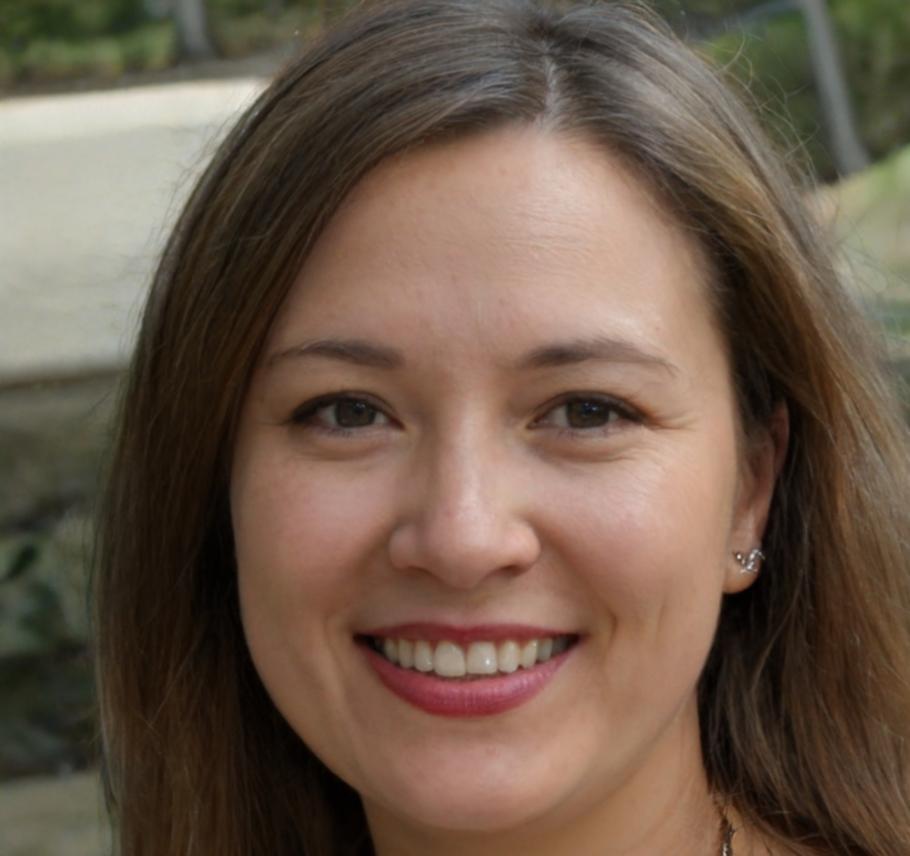Why Traditional Budgeting Often Fails
Most budgeting advice tells you to cut expenses and save more. That
rarely works long-term because it doesn't address underlying
patterns or behavioral triggers.
- We start by analyzing your actual spending over 3-6 months
- Identify patterns rather than imposing arbitrary restrictions
- Build systems that work with your lifestyle, not against it
- Focus on sustainable changes that compound over time
Our September 2025 cohort will work through real anonymized case
studies from Taiwan households, examining common challenges like
irregular income, family obligations, and housing cost pressures
specific to this market.





